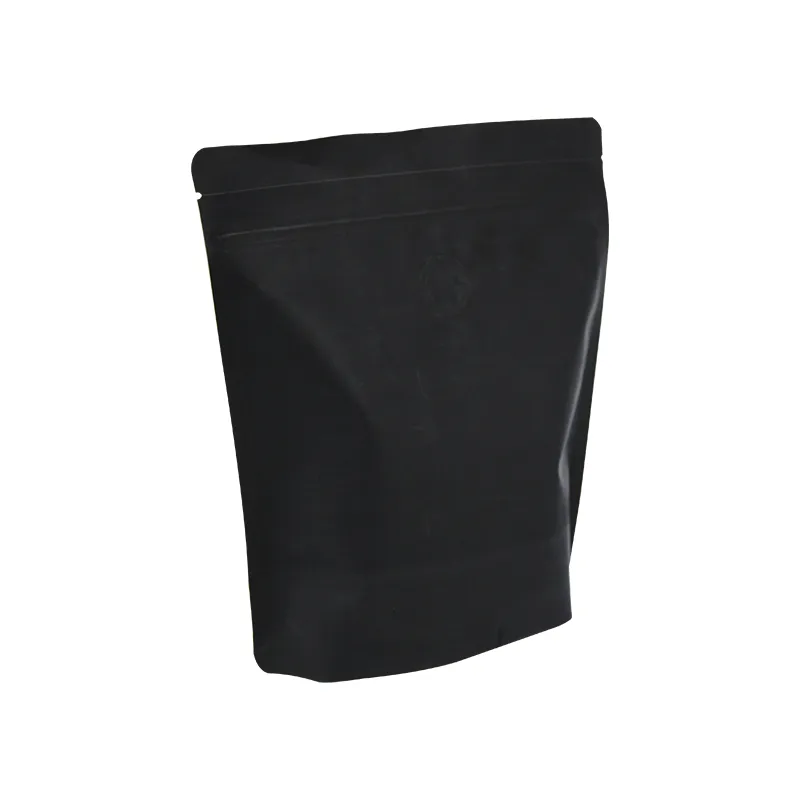- Afrikaans
- Albanian
- Amharic
- Arabic
- Armenian
- Azerbaijani
- Basque
- Belarusian
- Bengali
- Bosnian
- Bulgarian
- Catalan
- Cebuano
- chinese_simplified
- chinese_traditional
- Corsican
- Croatian
- Czech
- Danish
- Dutch
- English
- Esperanto
- Estonian
- Finnish
- French
- Frisian
- Galician
- Georgian
- German
- Greek
- Gujarati
- haitian_creole
- hausa
- hawaiian
- Hebrew
- Hindi
- Miao
- Hungarian
- Icelandic
- igbo
- Indonesian
- irish
- Italian
- Japanese
- Javanese
- Kannada
- kazakh
- Khmer
- Rwandese
- Korean
- Kurdish
- Kyrgyz
- Lao
- Latin
- Latvian
- Lithuanian
- Luxembourgish
- Macedonian
- Malgashi
- Malay
- Malayalam
- Maltese
- Maori
- Marathi
- Mongolian
- Myanmar
- Nepali
- Norwegian
- Norwegian
- Occitan
- Pashto
- Persian
- Polish
- Portuguese
- Punjabi
- Romanian
- Russian
- Samoan
- scottish-gaelic
- Serbian
- Sesotho
- Shona
- Sindhi
- Sinhala
- Slovak
- Slovenian
- Somali
- Spanish
- Sundanese
- Swahili
- Swedish
- Tagalog
- Tajik
- Tamil
- Tatar
- Telugu
- Thai
- Turkish
- Turkmen
- Ukrainian
- Urdu
- Uighur
- Uzbek
- Vietnamese
- Welsh
- Bantu
- Yiddish
- Yoruba
- Zulu
Exploring the World of Pantone Colors and Their Perfect Matches
Understanding the Pantone Matching System A Guide to Color Precision
In the world of design, color is not merely an aesthetic choice; it is a powerful tool that can evoke emotions, establish brand identity, and influence consumer behavior. One of the most established and widely recognized color systems used in various industries is the Pantone Matching System (PMS). Developed in 1963 by Lawrence Herbert, Pantone has become synonymous with color standardization, enabling designers and manufacturers to communicate about colors with precision and consistency. This article delves into the significance of the Pantone Matching System, its applications, and its impact on design and branding.
What is the Pantone Matching System?
The Pantone Matching System is a standardized color reproduction system that assigns a unique number to each color in its catalog. This numbering system allows for easy identification and communication of colors across different industries, including graphic design, fashion, interior design, and manufacturing. The PMS is built around a physical guide containing thousands of color swatches, which are made by mixing various pigments to produce a specific shade. These swatches are coated with a gloss or matte finish, providing a true representation of how colors will look when printed or used in materials.
Importance in Design
One of the major advantages of using the Pantone system is its ability to maintain color consistency across various mediums. Colors can appear differently based on the materials, lighting conditions, and processes used for manufacturing. By utilizing the standardized Pantone colors, designers can ensure that their vision is accurately reproduced, minimizing discrepancies that might arise during production.
For graphic designers, PMS colors are crucial when designing logos, brochures, or any printed materials. The consistency provided by the Pantone system helps businesses maintain a uniform brand image, as colors used in marketing materials will match closely across different platforms. This consistency not only enhances brand recognition but also builds trust with consumers by presenting a cohesive visual identity.
Applications in Various Industries
The Pantone Matching System is versatile and is employed across several industries beyond graphic design
pantone matching system book

1. Fashion In the fashion industry, Pantone colors play a vital role during the design and fabric production stages. Designers and manufacturers use Pantone specifications to ensure that colors remain consistent through textiles, patterns, and final product offerings. The annual release of the Pantone Color of the Year sets trends and influences color selections for upcoming seasons.
2. Interior Design Interior designers rely on the Pantone system when selecting paint colors, fabrics, and furnishings. By aligning color choices with the Pantone standard, designers can create harmonious spaces that resonate with clients’ preferences and desired aesthetics.
3. Product Development Many consumer products, from electronics to cookware, utilize Pantone colors to enhance their marketability. Companies want their products to stand out, and having the right color can make a significant difference in consumer preferences. Pantone provides a language for manufacturers to clearly communicate color specifications during the production process.
Innovation and Sustainability
In recent years, Pantone has also focused on sustainability and innovation in color development. The company introduced the Eco-PASSPORT certification for textile dyes, ensuring that products adhere to environmental standards. Additionally, Pantone has expanded its offerings to include colors formulated using environmentally friendly processes, catering to the growing demand for sustainable design solutions.
Furthermore, Pantone has adapted to the digital age by developing tools that allow designers to incorporate Pantone colors into digital design software. This integration streamlines workflows and ensures that digital representations of colors remain accurate, bridging the gap between digital and physical products.
Conclusion
The Pantone Matching System is an invaluable resource for designers and brands aiming to convey their ideas through color. Its emphasis on precision, consistency, and cross-industry communication has solidified its position as a cornerstone of color management. As industries continue to evolve, the ongoing innovation and adaptability of the Pantone system will undoubtedly shape the future of design and branding, ensuring that the language of color remains clear and impactful.













